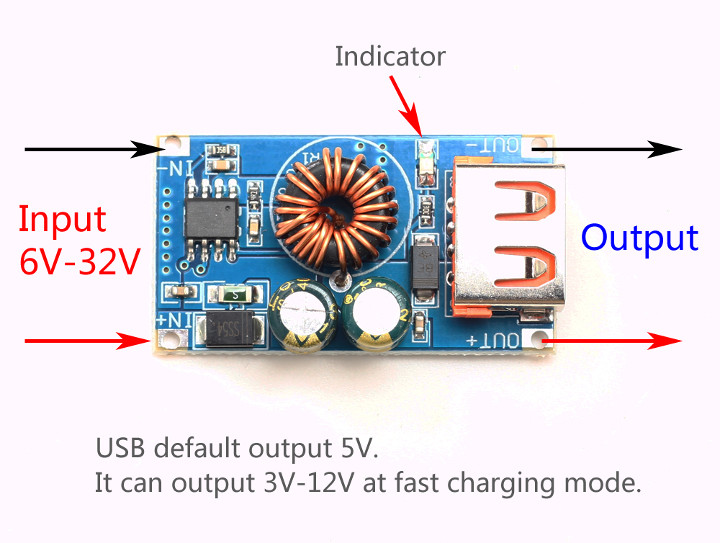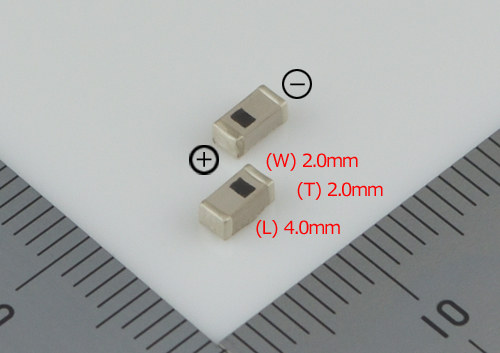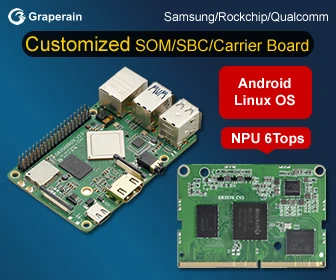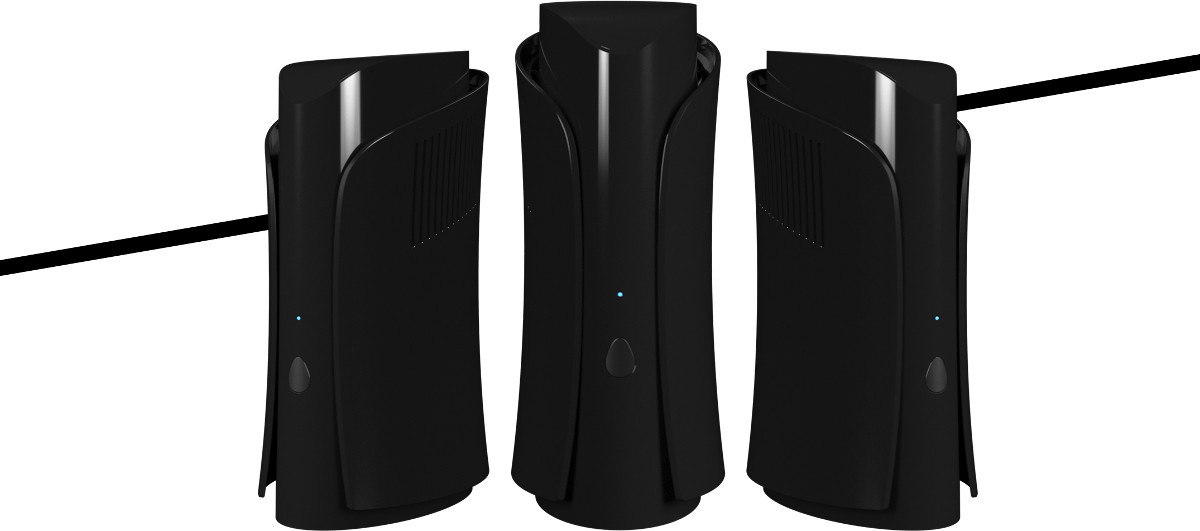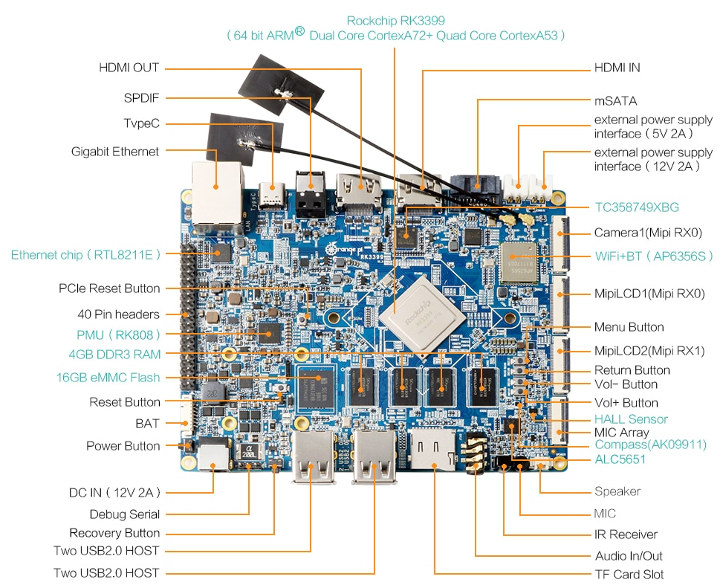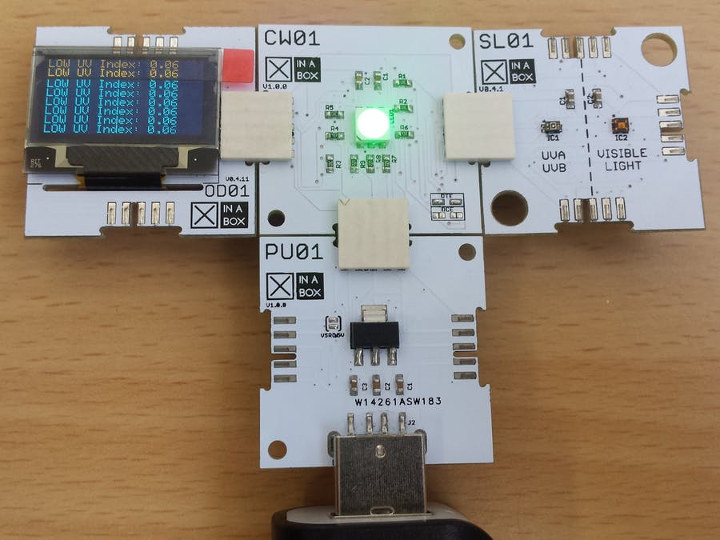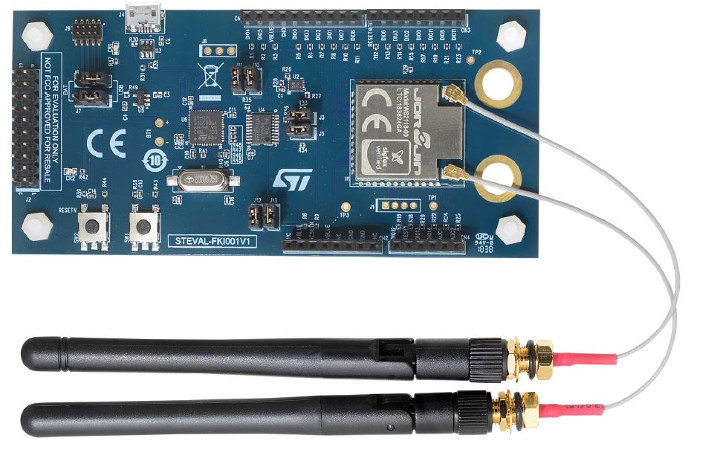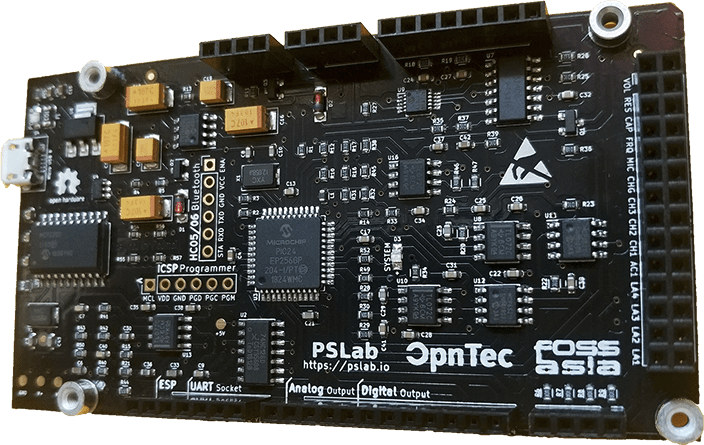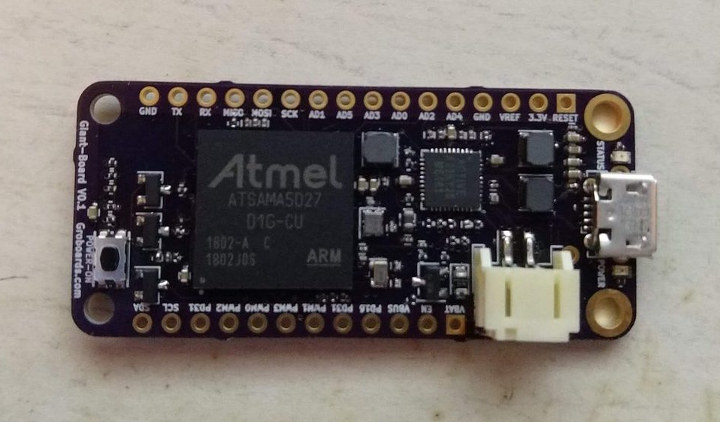QC-MINI is a USB fast charging board that can take 6V to 32V DC input from a power source such as solar panel, and outputs 3 to 12V via a USB port using QC 2.0/3.0 and other fast charging standards. The board can be useful to implement fast charging in any project, and it won’t break the bank as I’ve just come accross the module on IC Station for just $1.99. QC-MINI key features and specifications: Input voltage – 6.0V to 32V DC Output 5V DC up to 3.4A by default Fast Charging QC 2.0, QC 3.0 with 9V @ 2.5A and 12V @ 2A support BC1.2 protocol Apple protocol Samsung protocol MTK PE1.1/PE2.0 Huawei Fast Charge Protocol FCP, does not support mate9 (SCP) Spreadtrum Fast Charge Protocol SFCP Safety – Overvoltage protection, undervoltage protection, overcurrent protection, short circuit protection, over temperature protection. Misc – LED load indicator with brightness […]
FDK Unveils Tiny SMD Solid-State Batteries
Coin-cell batteries are often used in wearables or system with a real-time clock (RTC). They do the job just fine, but over many years they may start to leak, and some applications may benefit from even smaller batteries. Leaking can be solved by going with solid-state batteries, and we’ve seen in the past TDK launch CeraCharge solid-state batteries packaged into an ultra small SMD form factor. TDK CeraCharge batteries now have at least one competitor with FDK introducing their own SMD solid-state batteries using a high electrochemical potential cathode material “lithium cobalt pyrophosphate” (Li2CoP2O7). Key features: Energy Density – 26mWh/cm3 Voltage / Capacity – High voltage 3.0V, “high capacity” 140μAh Dimensions – SMD type; 4.0mm x 2.0mm x 2.0mm Temperature range – -20 – +105℃ Safety – High safety and environmental adaptability, use inflammable materials, use stable oxide sintered ceramics (sulfide free) The small size, high capacity, and wide temperature […]
Xunison X-Brain Android Smart Home Hub Supports Z-Wave and Bluetooth Controllers
Xunison X-Brain is an All-in-One smart home hub that integrates a high-performance secure router, a home server, a WiFi, Z-Wave & Bluetooth gateway. X-Brain runs Android TV operating system, so you can watch live television, stream videos from Netflix, Hulu or IPTV services with EPG, as well as install apps from Google Play. The home automation part of the system allows you to control Z-Wave & Bluetooth Smart Home devices, monitor your home security system, control your home energy consumption, and so on. Xunison X-Brain V1 preliminary hardware specifications: Multimedia subsystem SoC – Unnamed quad-core processor @ 1.5 GHz with penta-core Arm Mali-450 3G GPU, likely Amlogic S905X System Memory – 2GB DDR3 Storage – 16 GB eMMC flash + micro SD card slot Video Output – HDMI + AV port (composite) Audio – HDMI output, AV (stereo audio), and S/PDIF Router subsystem SoC – Mediatek MT7628 580MHz MIPS 24KEc […]
Orange Pi RK3399 Board Gets 4GB RAM for $100
Orange Pi RK3399 development board launched last year, further crowding the RK3399 space. The board did not target the lower end of the market with a $109 price tag, but still came with only 2GB of RAM. Shenzhen Xunlong has now introduced a 4GB RAM version of the board for $99.96, with the 2GB version now selling for $89.38. Both boards can be purchased on Aliexpress. Apart from the RAM capacity, Orange Pi RK3399 “4G” specifications have not changed: SoC – Rockchip K3399 hexa-core big.LITTLE processor with two ARM Cortex A72 cores up to 2.0 GHz, four Cortex A53 cores, and an ARM Mali-T860 MP4 GPU with support for OpenGL 1.1 to 3.1 support, OpenVG1.1, OpenCL, and DX 11 System Memory – 4 GB DDR3 Storage – 16 GB eMMC flash, micro SD card, mPCIe (for mSATA/LTE), and SATA interface Video Output/Input & Display Interfaces 1x HDMI 2.0 up to […]
XinaBox’s xChips Enable Modular Electronics for Makers & STEM Education
So today, I decided to have a look a 96Boards website to see if there was anything new from the community, and I came accross “X in a Box B901“, an “☒CHIP is designed to interface with the 96 Boards, such as the Dragonboard 410c. This provides an interface to support the ☒CHIP ecosystem, adding support for many additional sensors etc…” I had no idea what it was all about, so obviously I had to investigate. Xinabox (X in a Box) is an ecosystem of modular electronics boards used for developing, making products and learning. There are now over 70 modular xChip” with cores/CPUs, sensors, power, communication, output, and storage. They are interconnected together without wires, soldering, breadboards, and adapters are provided for Raspberry Pi, 96Boards, and other development boards. xChips can be sorted into 8 categories: Cores – MCU/CPI cores based on Microchip ATMega328P, SAMD21, ESP8266, or ESP32 with […]
STMicro Introduces STEVAL-FKI001V1 Dual-Radio Bluetooth/LPWAN IoT Development Kit
STMicro has just launched a new development kit – STEVAL-FKI001V1 – that integrates two radios, one at 2.4 GHz for Bluetooth Low Energy (BLE), and another sub-GHz radio for LPWAN IoT standards such as Sigfox. The devkit targets the development of IoT devices such as smart sensors, finders, and trackers for smart-home or smart-building scenarios, asset-tracking, energy-management, smart-farming and industrial monitoring, and control use cases. STEVAL-FKI001V1 devkit key features & specifications: Jorjin WS2118-00 Sigfox & BLE module Embedded BlueNRG-132 Bluetooth LE Arm Cortex-M0 SoC with up to +8 dBm BLE RF output power, receiver sensitivity of -88 dBm Embedded S2-LPQTR ultra-low power sub-1 GHz transceiver tuned for 826-958 MHz frequency bands Up to +16 dBm sub-1GHz RF output power, receiver sensitivity down to -130 dBm Modulation schemes: 2-(G)FSK, 4-(G)FSK, OOK, and ASK Air data rate from 0.1 to 500 kbps Ultra-low power consumption: 7 mA RX, 10 mA TX @ +10 dBm; low duty cycle RX/TX operation mode, […]
PSLab Electronics Lab Board is Now Available for $65
Pocket Science Lab (PSLab) is an open source hardware USB board that aims to bring electronics labs to the masses, as it can act as an oscilloscope, voltmeter, programmable voltage and current source, logic analyzer, or signal generator when connected to a PC or mobile phone. This is not professional equipment, and instead designed for STEM education. When we first covered the board in August, it was still in development, but I’ve just found it is now listed and in stock on Seeed Studio for $64.90. FOSSASIA and OpnTec are the organization behind the board’s development. Here’s a reminder of PSLab board main specifications: MCU – Microchip PIC24EP256GP204 16-bit microcontroller @ up to 70 MHz with 32KB SRAM, 256KB flash Wireless Connectivity Footprint for ESP8266 module (ESP-12E) for 802.11 b/g/n WiFi (on bottom of board) Bluetooth extension slot 4-Channel, up to 2MSPS Oscilloscope 12-bit Voltmeter. Programmable gain. Input ranges from […]
Tiny Giant Board Runs Linux, Follows Adafruit Feather Form Factor
If you want a tiny single board computer that runs Linux on Arm Cortex-A processor, some options include Raspberry Pi Zero (W), PocketBeagle, or FriendlyElec NanoPi Duo with the latter being smaller and more powerful than RPi Zero although it lacks video output. Another potential option that may become available soon is the Giant Board, which as its name clearly does not imply, is a really tiny board powered by Microchip Atmel SAMA5 Cortex-A5 processor, and leveraging Adafruit Feather form factor. Giant board preliminary specifications: SiP – ATSAMA5D27C-D1G with Microchip SAMA5D2 Arm Cortex-A5 Processor 500MHz, 128MB DDR2 RAM Storage – Micro SD slot for OS and storage Peripherals & I/Os 6x 12-Bit ADC with 3.3V Reference 4x 16-Bit PWM ADC external trigger PWM external trigger 1x I2C, 1x SPI, 1x UART Misc- Power button Power Supply 5V via micro USB port 3.7V LIPO support for portable projects The Microchip / […]

